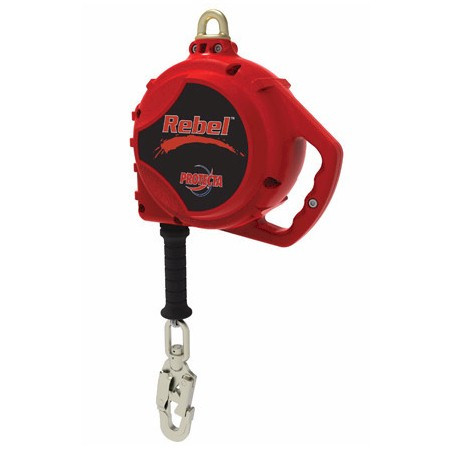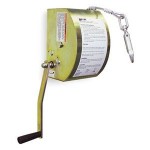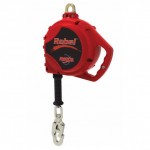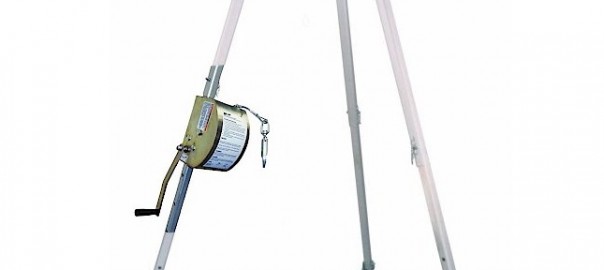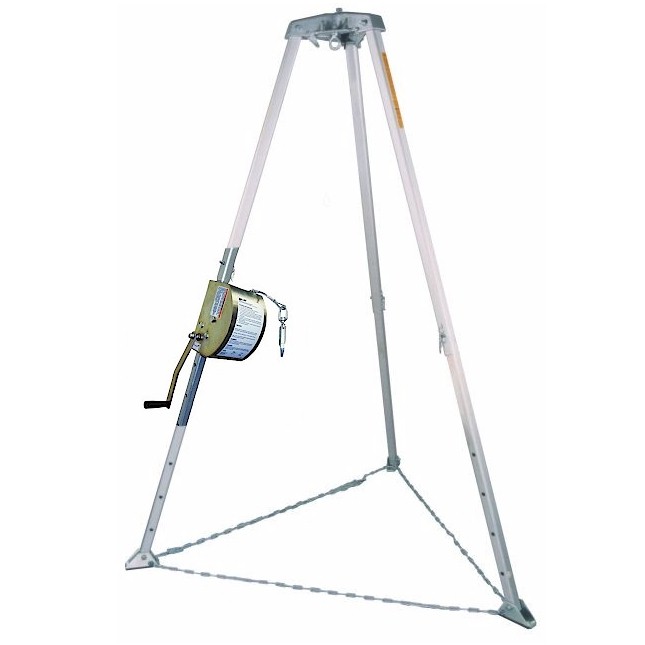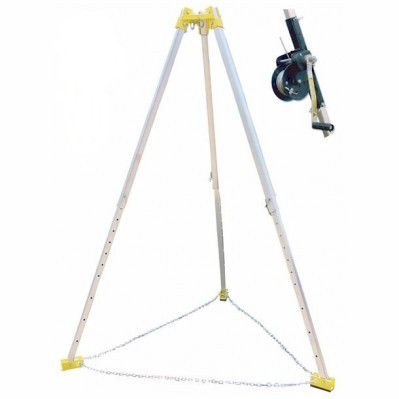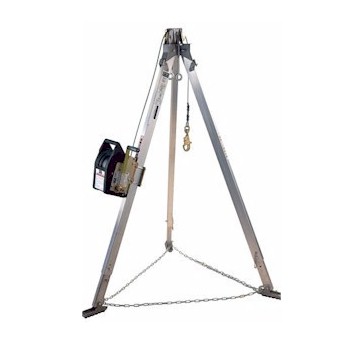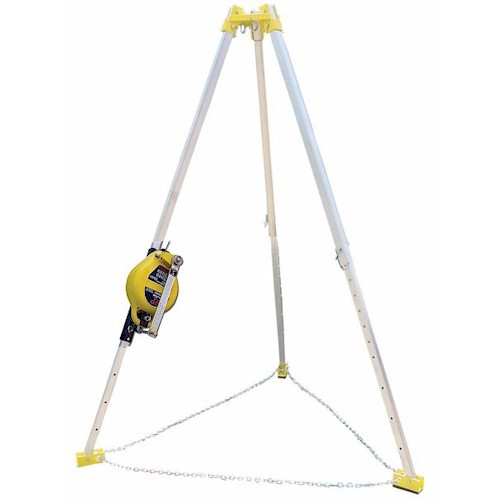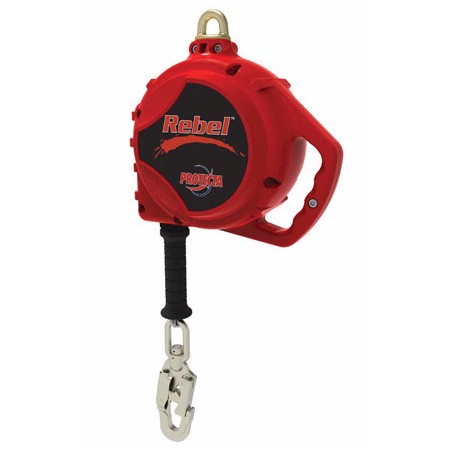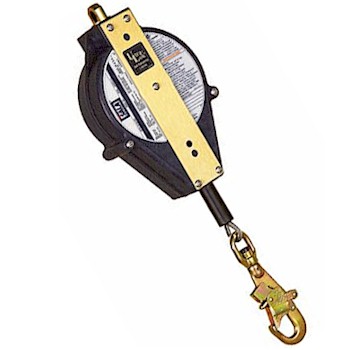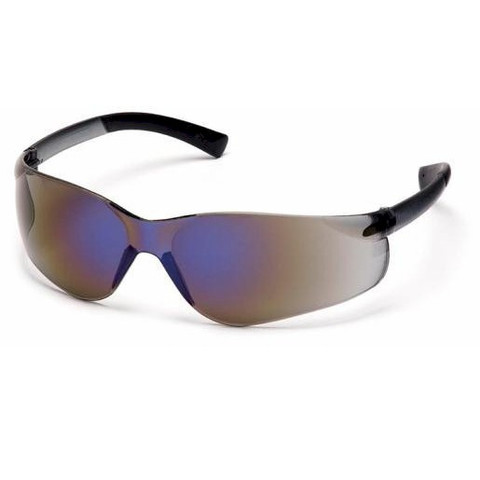How often do self retracting lifelines and rescue winches need to be inspected and recertified? Knowing the difference between an inspection and a recertification will help answer this question.
Inspection – Rescue Winch and Self Retracting Lifeline
The inspection is to be done by the company who purchased the winch or lifeline. There are two kinds of inspections.
The first is the inspection required before each use of the winch or lifeline. This inspection is done by the end user – the person or persons actually using the device.
The second is an inspection required anywhere from monthly to annually, depending on the manufacturer. This inspection is to be done by the company’s designated competent person – not the end user. What is a competent person? See Here – OSHA competent person.
Typically these inspections involve a check of the braking mechanism, the cable, the device housing, labels, load indicator, and hardware like the snap hook. The device’s instruction manual will give details on what to inspect and how to inspect it.
If the inspection of the rescue winch or self retracting lifeline reveals any problems (details for these would be in the manual) the device is to be taken out of service. Recertification will be required before the device can be put back into service.
Recertification – Rescue Winch and Self Retracting Lifeline
If the end user inspection or the competent person inspection find any “part of the system that appears to be damaged”, or find inconsistencies as outlined in the rescue winch or self retracting lifeline instruction manual, the device must be sent back to the factory for recertification.
If the device is involved in a braking or rescue incident, it will also need to be sent back to the factory for recertification (see device’s instruction manual for details).
The recertification process is facilitated by a distributor and performed by the factory. The distributor will obtain an RMA from the factory and provide that information to the customer. The price of the recertification depends entirely on the manufacturer, the item and the problem.
Below are some helpful examples of the above requirements from Miller and DBI Sala:
All the pics are linked to products at Major Safety. There you can get additional info, purchase, or contact us with more questions. We are happy to help.
by Corby Amos

